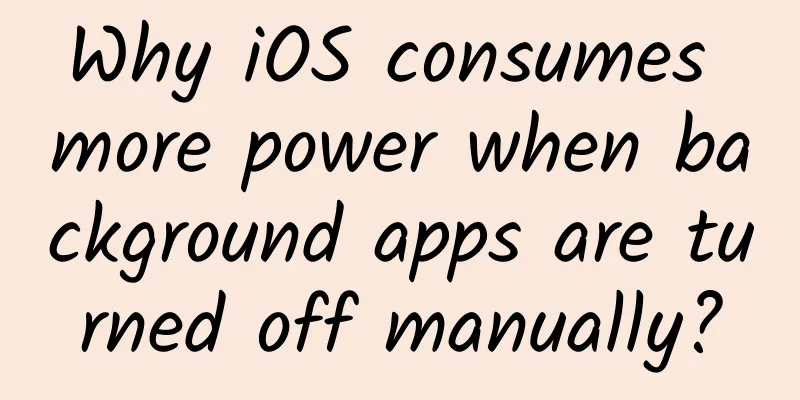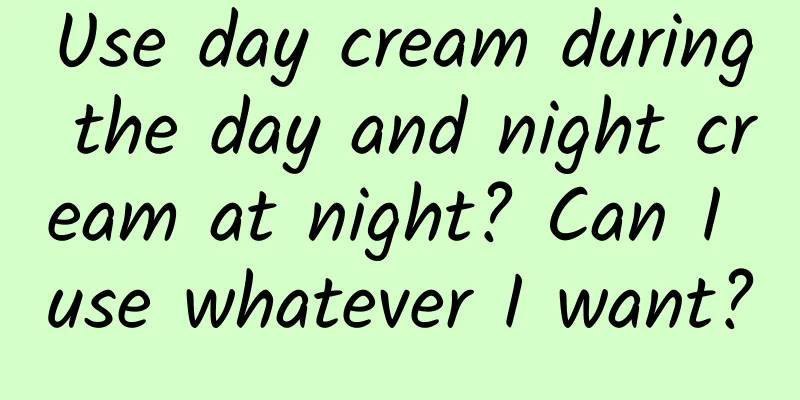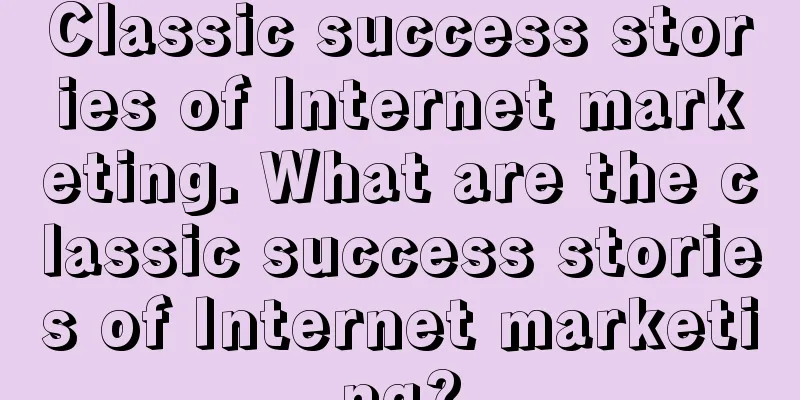Why iOS consumes more power when background apps are turned off manually?

|
Android phone users should have a habit: when they open too many apps and feel that the phone is slightly lagging, they will return to the desktop and swipe to manually force close the background apps. This can not only free up memory capacity, but also reduce hardware power consumption. However, what surprises many people is that although the operation interface is similar, iOS and Android are completely opposite. According to Apple's official statement, it is not recommended that users manually close the background. Because Apple believes that frequently closing the background will cause the phone to consume more power, which is not worth the loss. Why is this? There are 4 reasons, and you will basically understand after reading them. First, iOS has a mature automatic background cleanup mechanism, unlike Android, which requires users to manually release memory. For example, if an iOS app is moved to the background and does not return to the foreground within a few minutes, all activities of the app will be frozen. It should be noted that a frozen app does not occupy CPU resources, but only memory capacity, which is the so-called "app tombstone". Second, iOS only allows background apps to perform limited activities, and indirectly refreshes the page through the "background app refresh" mechanism. As for app notifications, they are delivered through a unified push interface. Unlike Android, due to the tombstone mechanism, iOS apps residing in the background actually consume very little hardware resources, and most resources are concentrated on the foreground app. Third, in this case, it is unnecessary to manually close the background frequently. This is because it will not only fail to improve the fluency of the foreground APP, but will increase power consumption. Under the existing mechanism of iOS, the background APP only needs extremely low power consumption to maintain, and the inactive background APP can be frozen and automatically cleaned up after a long time. However, if the background is closed frequently, the system needs to reload the APP, which consumes more power. Fourth, the design concept of iOS is to concentrate most resources on foreground applications. Because of this efficient allocation mechanism, iOS does not need to waste resources for background applications. Therefore, the iPhone only needs a lower RAM, and its fluency can be comparable to that of Android flagships with large RAM. Unless you encounter a single application such as a camera or a 3D mobile game that requires a large amount of memory, it will be unable to cope with it. Looking at the way Android handles the background of APP, you will find that iOS is indeed a more efficient system. Domestic mobile phone manufacturers do not have a unified notification push interface, so APPs will use rogue methods such as background residence, chain wake-up, floating window, etc. to keep the application in the background. The purpose is simple: first, to ensure that notifications are pushed to users, and second, to increase the daily activity rate of APP. Therefore, the more apps are installed on Android phones, the more they squeeze the hardware resources. Because it needs to take care of both the foreground and the background at the same time, no matter how much RAM is, it is not enough for Android phones. To be honest, the lack of system mechanism, compensated by hardware, is only a delaying tactic, not a fundamental solution. In short, manually shutting down background apps is a bad habit on Android. This operation has no substantial effect on iOS, but only increases power consumption. If you are a newbie switching from Android to iOS, I hope you can give up this bad habit. What do you think about this? Welcome to discuss it together. |
<<: In-depth understanding of the Android graphics system
>>: How to manage your Android code with Gerrit?
Recommend
Top 10 smartphone predictions for 2020: embrace 5G, say goodbye to bangs
What new features and new selling points will sma...
A boy started a fire while playing with a lighter, and the property manager climbed up to the second floor to save people and put out the fire
Recently, Cao Xu, a property manager of a residen...
Avita: In May 2024, the Avita brand delivered 4,569 units, a significant increase of 163% year-on-year
Avita Technologies announced that in the past May...
Java vs. Node.js: An Epic Battle
[[160272]] Image source: Photo by Flickr user Tsu...
Is information flow too expensive? Tell you how to create the effect of 5 million with 500,000!
With the expansion of social networks , the incre...
Zhongfuxinrong·2021 Credit Repair and Credit Card Limit Increase (Full Technical Course)
Zhongfuxinrong · 2021 Credit Repair and Credit Ca...
Can the "mermaid" in "Classic of Mountains and Seas" return to China?
The dugong, known as the "mermaid", is ...
The first cosmic velocity is 7.9 kilometers per second. Can we reach this speed to leave the earth? No
The first cosmic velocity is 7.9 kilometers per s...
The relationship between host speed and SEO
In addition to affecting the website's user e...
Xpeng Motors' new progress in autonomous driving, obtains California autonomous driving license
Recently, documents from the California Departmen...
Jixi SEO training: skills needed for high-quality pseudo-original articles
1. Incorporate other people’s perspectives High-q...
How come calamine lotion, which costs only a few dollars a bottle, has become the “all-round anti-itching drug”?
Speaking of calamine lotion, many people may be f...
It’s time to learn the strategies for attracting new customers in the data age!
There are two kinds of problems in this world. On...
ZTE "Big Q" experience review: 1,000 yuan 4G can also be unique
In the increasingly competitive thousand-yuan smar...
Only 3 tricks are needed to attract traffic and promote Xiaohongshu!
Xiaohongshu App is hailed as a magic tool for you...









